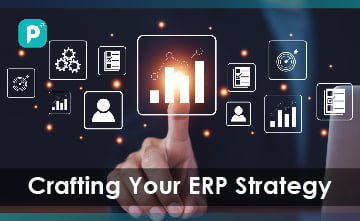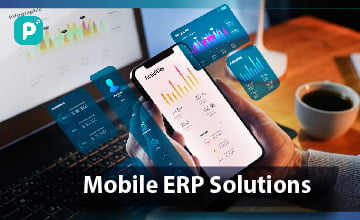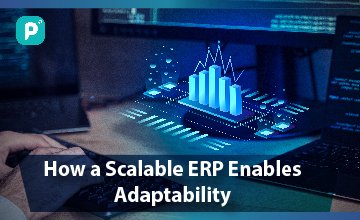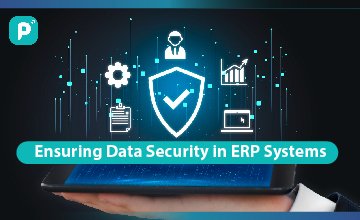When starting to use a new ERP system, some companies plan to use it as is, right out of the box. This is a good idea because it saves money and avoids problems when updating. However, making the ERP system work exactly as needed is not easy. Most companies end up customizing it or, at the very least, setting it up in a specific way and connecting it to other tools. This happens because the standard features in ERP systems may not fit a company’s unique ways of doing things.

In this blog, we will understand the crucial factors to consider when deciding the right ERP system for your organization!
Understanding Customization
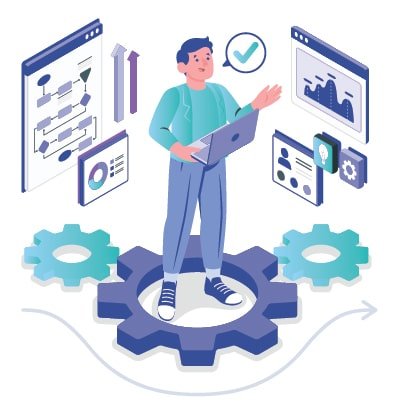
Customizing an ERP (Enterprise Resource Planning) system involves tailoring it to meet the specific needs and processes of a business. This aspect plays a crucial role in optimizing the functionality and effectiveness of the ERP solution. Here’s a breakdown of understanding customization, including its advantages, challenges, and real-world examples:
Advantages of Customizing ERP
- Alignment with Unique Processes: Customization allows businesses to align their ERP system with their distinct and specific business processes. This ensures that the software supports the way the organization operates, promoting efficiency.
- Improved User Adoption: Tailoring the ERP to match the workflow of users enhances user experience and makes the system more intuitive. This, in turn, leads to higher user adoption rates across the organization.
- Enhanced Reporting and Analytics: Customization facilitates the inclusion of specific reporting metrics and analytics tools that are directly relevant to the business. This results in more meaningful insights and better-informed decision-making.
- Scalability: A customized ERP system can be designed to accommodate the growth and changing needs of the business. This scalability ensures that the ERP remains a valuable asset as the organization evolves.
Challenges and Considerations
- Cost and Time: Customization can be resource-intensive, both in terms of time and money. It’s essential to weigh the benefits against the costs and consider the long-term impact on the budget and project timeline.
- System Upgrades: Customized ERP systems may pose challenges during upgrades, as changes made to the software could be affected. Careful planning and coordination are necessary to ensure a smooth transition to newer versions.
- User Training: With customization, user training becomes crucial. Employees need to understand how the tailored features work and how they align with their daily tasks to maximize the benefits of the customized ERP.
Real-world Examples
- Tailored Dashboards: A manufacturing company customizes its ERP system to include specific key performance indicators (KPIs) on the dashboard, providing real-time insights into production efficiency, helping the management make informed decisions.
- Industry-Specific Modules: A healthcare provider customizes its ERP by adding industry-specific modules for patient records, appointment scheduling, and billing. This customization ensures compliance with healthcare regulations and enhances patient care.
- Integration with Third-party Tools: A retail business customizes its ERP to integrate seamlessly with third-party e-commerce platforms and inventory management systems, streamlining online sales and inventory control processes. Understanding customization in ERP involves recognizing its advantages, navigating potential challenges, and learning from real-world examples to make informed decisions that align with the unique needs and goals of the business.
Exploring Out-of-the-box Solutions
When considering ERP (Enterprise Resource Planning) solutions, exploring out-of-the-box options involves evaluating pre-configured software with standard settings. Here’s an overview of the benefits, limitations, and potential drawbacks associated with out-of-the-box ERP solutions:
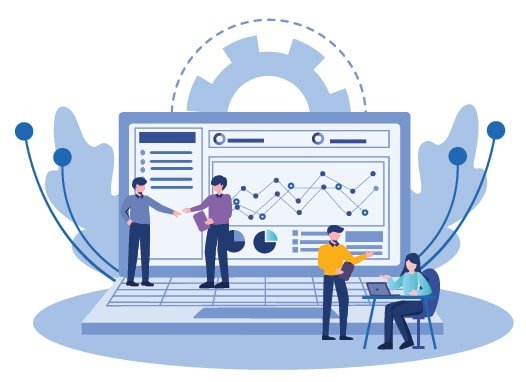
Benefits of Out-of-the-Box ERP
- Cost-Effective Implementation: Out-of-the-box solutions generally have lower implementation costs compared to customized options. This is because they come with pre-defined configurations, reducing the need for extensive customization efforts.
- Faster Deployment: The pre-configured nature of out-of-the-box ERP solutions allows for quicker deployment. Businesses can get their systems up and running faster, which is particularly beneficial for those with time-sensitive requirements.
- Simplified Upgrades: Since out-of-the-box solutions adhere to standard configurations, upgrades are often smoother and less complex. This ensures that businesses can easily adopt newer versions without facing compatibility issues.
- Best Practices Included: Out-of-the-box ERP solutions often incorporate industry best practices, ensuring that businesses benefit from proven processes and methodologies right from the start.
Limitations and Potential Drawbacks
- Limited Customization: While out-of-the-box solutions offer quick deployment, they may have limitations when it comes to customization. Businesses with unique processes may find it challenging to tailor the system to their specific needs.
- Alignment Issues with Unique Processes: Out-of-the-box solutions might not perfectly align with a company’s unique business processes. This misalignment could result in some compromises in terms of workflow efficiency.
- Scalability Concerns: As businesses grow and evolve, the scalability of out-of-the-box solutions may become a concern. These solutions might not easily adapt to changing needs and could require additional modules or extensive customization.
- Competitive Edge Considerations: Using a standard out-of-the-box solution may mean adopting industry-common processes. For some businesses, this could limit their ability to gain a competitive edge through unique operational strategies.
Key factors in Decision-making
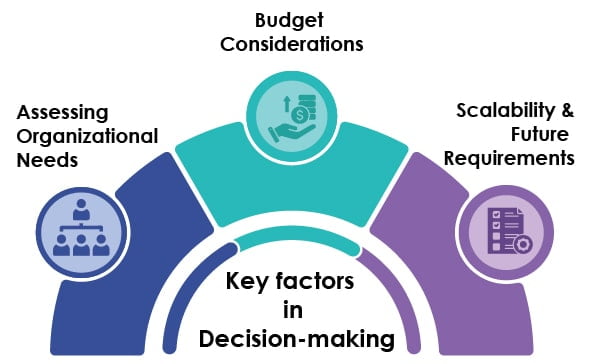
Assessing Organizational Needs
- Analyze current workflows and processes.
- Gather input from end-users and departments.
- Evaluate integration requirements with existing systems.
- Consider compliance and regulatory standards.
Budget Considerations
- Evaluate the total cost of ownership (TCO).
- Estimate customization and training costs.
- Conduct a return on investment (ROI) analysis.
- Ensure alignment with budget constraints.
Scalability and Future Requirements
- Consider future growth plans.
- Assess system flexibility and adaptability.
- Evaluate vendor support and product roadmap.
- Ensure scalability of features to accommodate evolving needs.
Conclusion
In crafting an ERP strategy, the decision between customization and out-of-the-box solutions is pivotal. The blog outlines the challenges of using ERP systems straight “out of the box” and the common path of customization. Understanding customization’s advantages, challenges, and real-world examples, alongside exploring the benefits and limitations of out-of-the-box solutions, provides valuable insights. The key factors in decision-making, such as assessing organizational needs, budget considerations, and scalability, serve as guiding principles. Ultimately, the blog emphasizes the importance of a strategic approach in aligning ERP choices with organizational goals and unique requirements for optimal efficiency and growth
.Need a well-planned and crafted digital marketing strategy? We are here to help you with a plethora of marketing services that can do wonders for your business. Visit our website today!

